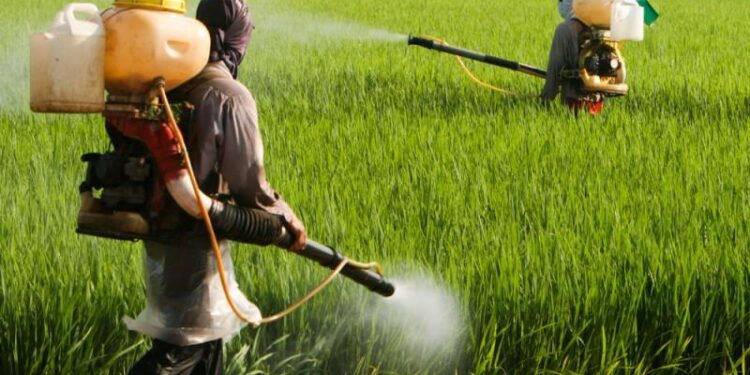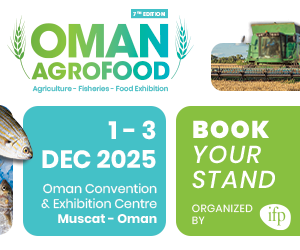The global crop protection chemicals market is projected to grow from $79.3 billion in 2024 to $101.0 billion by 2029, at a CAGR of 5.0%, according to Markets and Markets. This growth is fueled by the increasing need to safeguard agricultural yields against evolving pest and disease threats driven by climate change.
Changing weather patterns are expanding the reach of pests, such as the Fall Armyworm, which has devastated crops across Africa and Asia. The Food and Agriculture Organization (FAO) estimates that pests are responsible for 20-40% of global crop losses annually, underscoring the urgency for effective crop protection solutions. In response, governments worldwide are implementing supportive policies and subsidies to strengthen the agricultural sector.
Key Growth Drivers:
- Modern Agricultural Practices: Increasing adoption of advanced farming techniques to maximize yield.
- Rising Global Population: Escalating food demand necessitates higher agricultural productivity.
- High-Value Crops: Growing demand for premium crops boosts the need for protective chemicals.
- Technological Innovation: New product launches and investments create lucrative opportunities for market players.
Market Opportunities:
- Integrated Pest Management (IPM): IPM offers a sustainable approach by combining chemical, biological, and physical pest control methods, promoting responsible use of chemicals while minimizing environmental impact.
- Seed Treatment: This segment is projected to witness the highest growth, driven by efficient chemical use, precision application, and reduced environmental footprint.
- Solid Formulations: Granules and powders continue to gain popularity for their stability, ease of use, and effectiveness in soil treatments and controlled-release applications.
Challenges:
- Pesticide Residue Concerns: Stringent regulations on pesticide residues limit the growth of traditional chemical pesticides, pushing the market towards sustainable, low-residue alternatives.
Technology Trends:
Precision agriculture, biopesticides, nanotechnology, and gene-editing techniques are transforming the market by enhancing the efficiency and sustainability of crop protection products. Smart spraying systems and IoT-driven data analytics further optimize chemical usage, ensuring higher yields and minimized environmental impact.
The continued evolution of the crop protection chemicals market will play a critical role in addressing global food security challenges, ensuring stable agricultural productivity in the face of growing environmental and demographic pressures.











































































